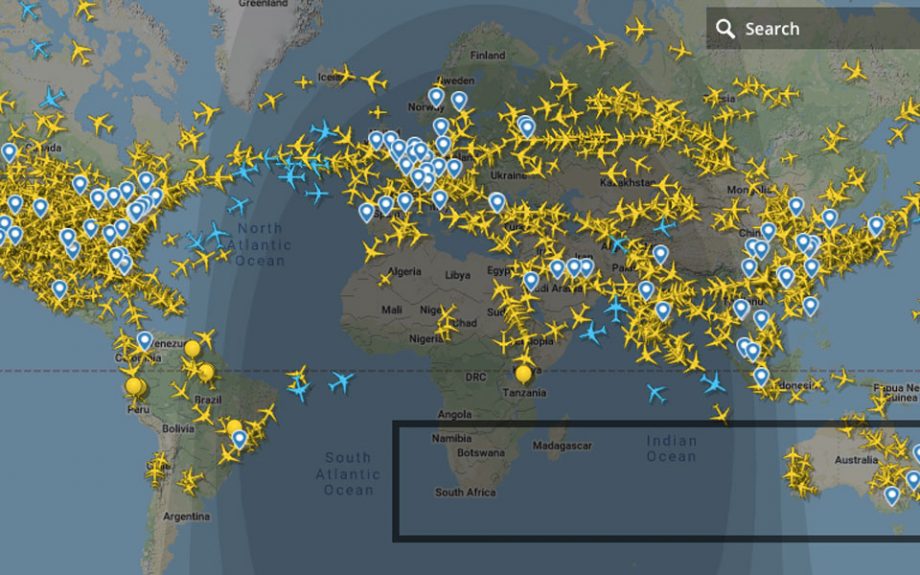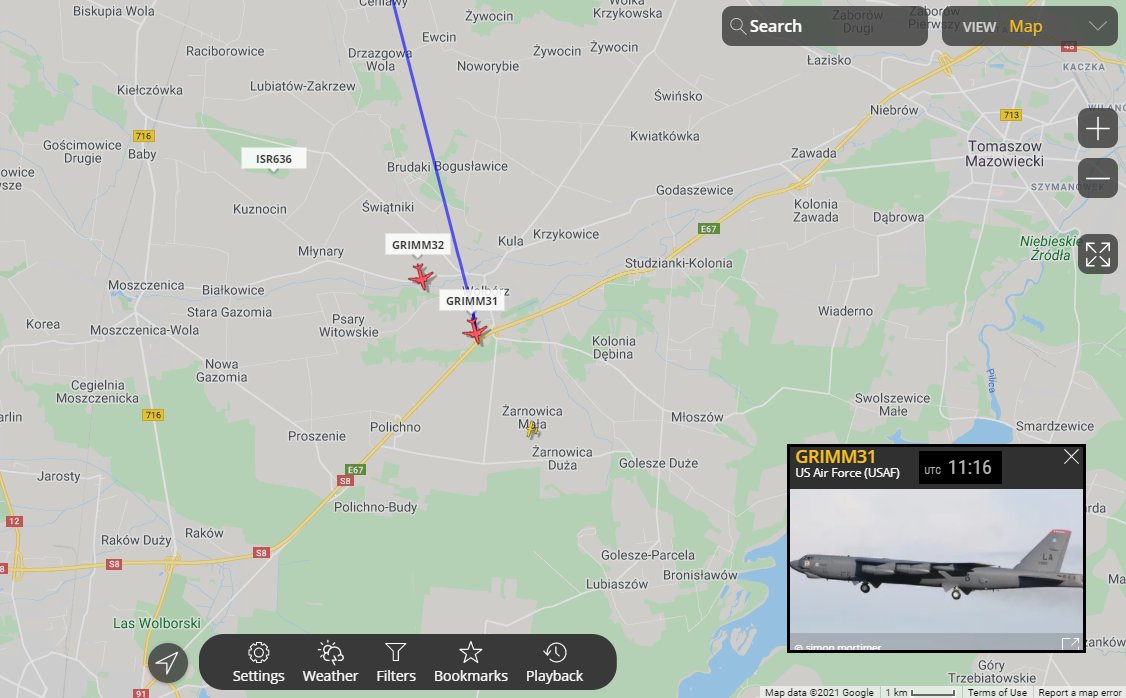
According to IHS data, the millimeter-wave/microwave radar + camera accounts for 70% of the vehicle anticollision sensor. The advantages of millimeter-wave radar make it occupy a large part in the vehicle anticollision sensor. Among them, LRR can achieve more than 200 m of sensing and detection. Since the millimeter wave is weakly attenuated in the atmosphere, it is possible to detect a farther distance. Millimeter-wave radars can be classified into Long-Range Radar (LRR) and Short-Range Radar (SRR). The application of millimeter-wave radar in railway trains has also been greatly developed. In recent years, related technologies such as circuit design and antenna technology have been increasingly developed and matured with the continuous improvement of the level of components. Millimeter waves have a wide range of applications in 5G communications, satellite remote sensing, missile navigation, and electronic countermeasures. The wavelength of the millimeter wave is between the centimeter wave and the light wave, so the millimeter-wave radar has the advantages of microwave navigation and photoelectric navigation. Generally, the millimeter wave refers to an electromagnetic wave in the frequency domain of 30–300 GHz (wavelength of 1–10 mm). Millimeter-wave radar refers to a radar operating in the millimeter-wave band. Transmitting power ranges from 160 to 1500 watts.Hui Liu, in Robot Systems for Rail Transit Applications, 2020 5.2.3.8.3 Millimeter-wave radar

The secondary radar operates in the range of 1030 to 1090 MHz. The secondary radar also provides rapid identification of aircraft in distress. The air traffic control centers uses this system data to verify the location of aircraft within a 60-mile radius of the radar site.
#Flight radar 24 wikipedia code#
Military, commercial, and some general aviation aircraft have transponders that automatically respond to a signal from the secondary radar by reporting an identification code and altitude. The secondary surveillance radar uses a second radar beacon antenna attached to the top of the primary radar antenna to transmit and receive area aircraft data for barometric altitude, identification code, and emergency conditions. At distances of more than 43 feet from the antenna, the power density of the ASR-11 signal falls below the maximum permissible exposure levels established by the Federal Communications Commission (FCC). The average power density of the ASR-11 signal decreases with distance from the antenna. The transmitter generates a peak effective power of 25 kW and an average power of 2.1 kW. The primary radar also provides data on six levels of rainfall intensity and operates in the range of 2700 to 2900 MHz. From this, the system can then measure the distance of the aircraft from the radar antenna and the azimuth, or direction, of the aircraft in relation to the antenna.

The radar system measures the time required for radar to echo to return and the direction of the signal. The primary surveillance radar uses a continually rotating antenna mounted on a tower to transmit electromagnetic waves that reflect, or backscatter, from the surface of aircraft up to 60 nautical miles from the radar. Primary and Secondary Surveillance Radar:

It interfaces with both legacy and digital automation systems and provides six-level national weather service calibrated weather capability that provides enhanced situational awareness for both controllers and pilots. Airport Surveillance Radar (ASR-11) is an integrated primary and secondary radar system that has been deployed at terminal air traffic control sites.


 0 kommentar(er)
0 kommentar(er)
